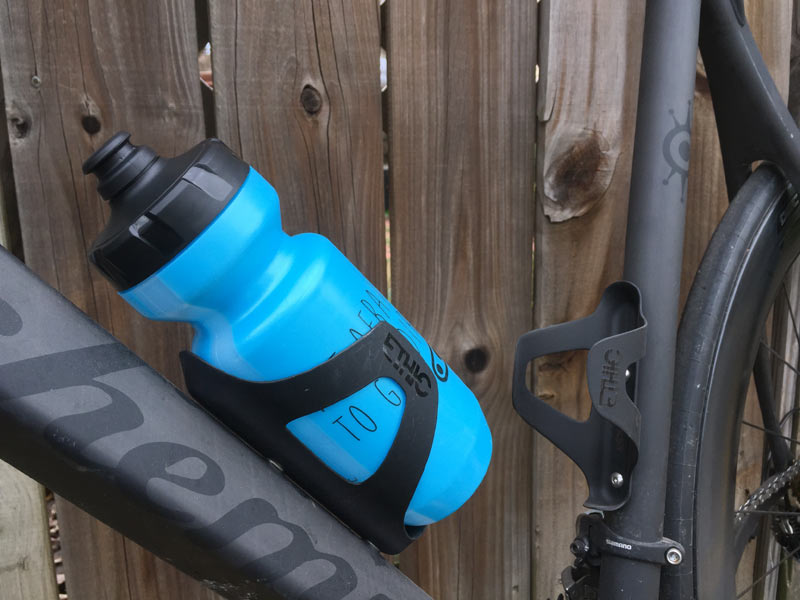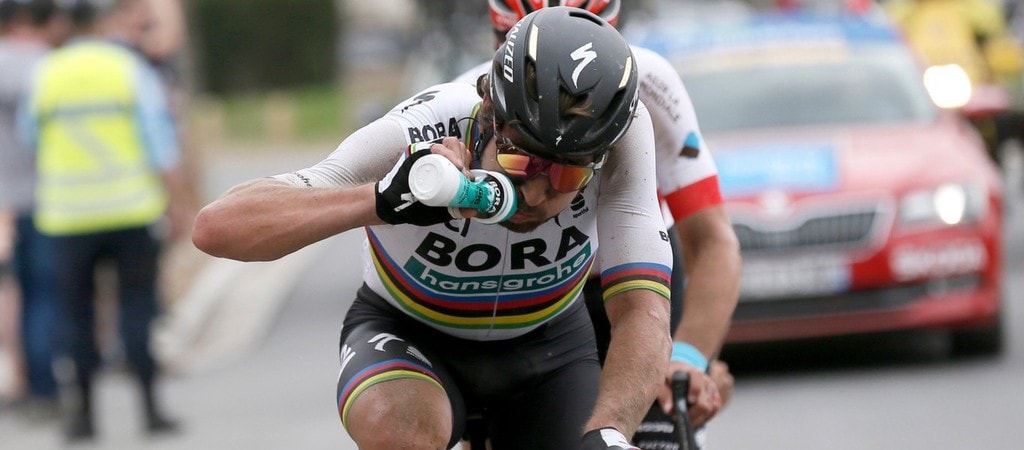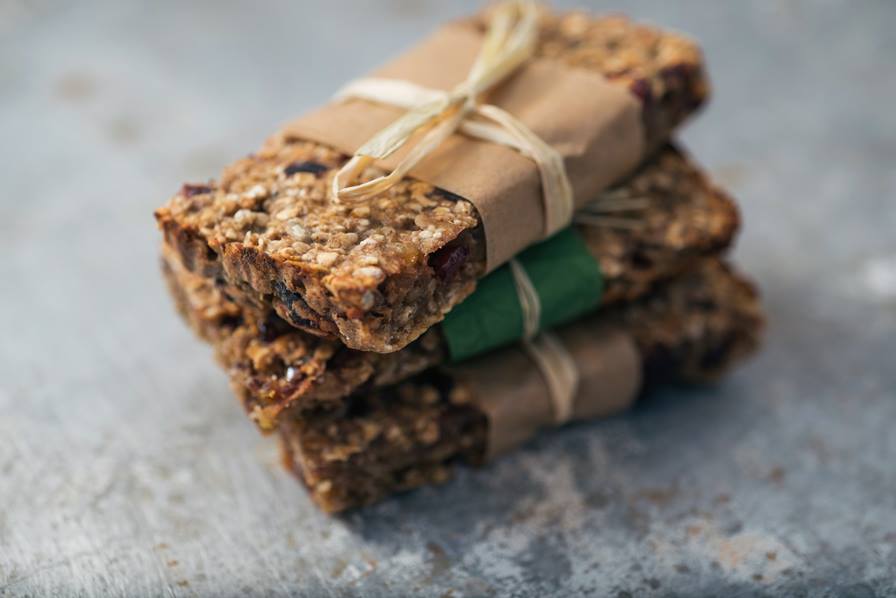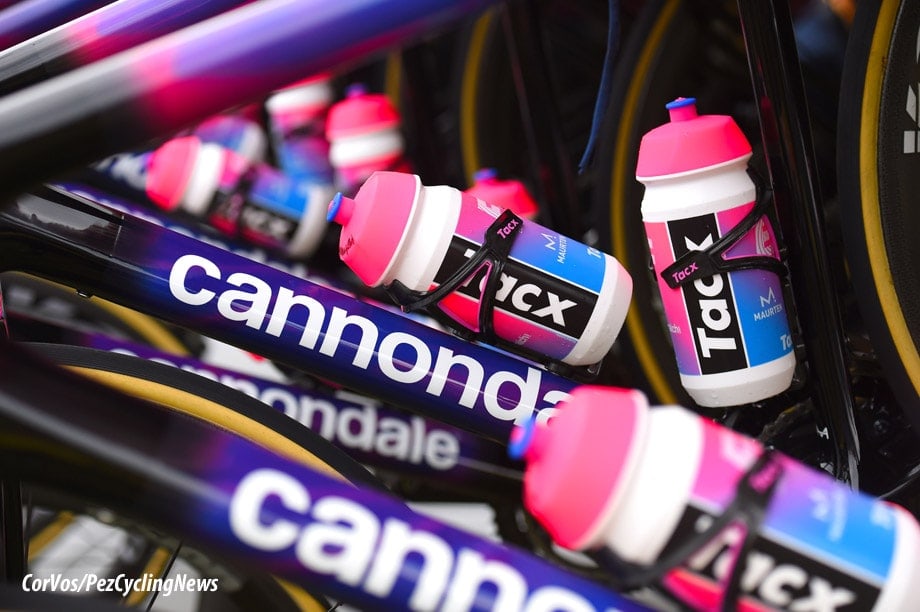The 8 Best Energy Gels for Cycling in 2020
Looking for an energy gel for a mid-ride replenishment or a final boost before the last climb?
You probably have noticed that there are many brands of energy gels in the market today. Each of them comes in many flavors, different ingredients composition, with and without caffeine.
On this page, we’ll take a closer look at some of the commonly asked questions about gels and a few of the favorites among cyclists.
A Quick Glance : Our Favorite Energy Gels for Cycling
On This Page
Energy Gels Buying Guide
Energy gels might look simple from the outside, but it’s a complicated thing from the inside.
Let’s take a deeper look at the things you should know before buying.
Types of Flavor
The convenience and immediate energy burst gels offer to make them a great choice for cyclists.
But let’s be honest.
Gels, with their syrupy sweetness and paste-like texture, can be gag-worthy at times. For that reason, gel manufacturers offer many flavor options designed to make gels go down easier.
Many brands such as Science in Sport and GU Energy include a variety of fruit-flavors like orange, strawberry, and cherry. Common flavors also include chocolate, vanilla, caramel, and an assortment of coffee flavors.
When do I Need Energy Gels?
Your body gets its energy from two primary places; fat and carbohydrates.
There’s plenty of fat stores in our bodies, but fat takes significantly longer to turn into energy than carbohydrates.
You need carbs to maintain peak performance, but your muscles can only store so much. After about 90 minutes of exercise, your body’s carb stores will begin to run out.
With that in mind, you need to replace those carbs quickly before experiencing what cyclists commonly call bonking.
Energy gels offer one of the quickest and most practical means of accomplishing this.
How Many Gels Should I Consume?
During a moderate biking effort that spans more than 90 minutes, you’ll generally need to replace between 30 and 65g of carbohydrates per hour according to the American College of Sport Medicine’s (ACSM) guidelines.
It’s important to understand that you shouldn’t overload on carbs. Your body generally can’t absorb more than 60g of carbs per hour.
So, taking more than 60g won’t help you and, in fact, could actually hurt you. Overloading on carbs can lead to an upset stomach. The Glukos gels are designed to be easy on the tummy with no artificial additives and preservatives.
Check the label on your gel to determine how much you’ll need to consume in order to get the number of carbs you need. It’s also important to remember that gels are just a piece of a larger carbohydrate puzzle.
They are not a be-all source for carbohydrates. In addition to gels, you also need to be replacing your carbohydrates through other sources including energy bars, sports drinks, and real food.
What are the Ingredients of Energy Gels?
Most gel packets contain around 23g of carbs each. These carbs come in varying forms including maltodextrin, fructose, and glucose. For example, the Gatorade Energy Gel has 20g of carbs per serving, while Clif Shot Energy Gel has 24g per serving.
Gels also typically include other add-on ingredients intended to give you a performance kick. The most common additive is probably caffeine, the performance effects of which are well documented. Caffeine is often added to gels through green tea leaf extract.
Like the sports drinks that you carry with you, gels also include sodium to help the process of replacing the electrolytes you lose as you sweat.
You might also see such ingredients as valine and leucine. These amino acids help to promote muscle repair and hence post-workout recovery. Taurine is intended to help improve performance by increasing energy efficiency in cells.
Some gels also include beta-alanine, another amino acid, which purportedly helps battle the build-up of lactic acid in the muscles.
Caffeine vs No Caffeine
The positive effects of caffeine on performance are widely documented. It goes something like this; drink coffee, ride faster.
Gels with caffeine allow you to get that caffeine boost mid-ride. And because the amount of caffeine in each gel is uniform, you can dose the amount of caffeine your body is taking in. As with carbs, you want the right amount.
Too little caffeine and you get no boost. Too much and you get the jitters or an upset stomach. With that in mind, it makes sense to have gels that are both caffeinated and non-caffeinated, allowing you to regulate your intake of both.
Take a look at the Honey Stinger Chocolate Caffeine gel or Clif Shot Double Expresso gel if you’re after caffeine gels.
Waterless Energy Gels
Science in Sport

Science in Sport specializes in creating sports nutrition products that get results. The company touts its use by Olympic teams. SIS sets itself apart from other gels by making them waterless.
Why is this a big deal?
Waterless gels are generally easier on your GI. These gels also offer a lighter, less sticky texture that helps them go down easier than some other gels.
SIS’s gels, which include 22g of carbs, come with and without caffeine and are available in a wide variety of flavors ranging from fruit-flavored to coffee-flavored.
PowerBar

The PowerBar name has been synonymous with sports nutrition for many years. The company produced its first energy bar way back in 1986.
Like its energy bars, Powerbar’s line of gels includes its C2 Max dual source carb mix technology. C2 Max combines glucose and fructose into its gels, which, Powerbar says, delivers up to 50% more energy to your muscles than glucose alone.
Powerbar also touts the electrolytes available in its gels. Each pack includes 200mg of sodium per pouch. Powerbar offers a wide range of caffeinated and non-caffeinated flavor options including green apple, espresso, black currant, salty peanut, and lemon-lime.
Tasty Energy Gels
Honey Stinger Classic Energy Gel

Allergic to soy and nuts? Is lactose intolerant?
Honey Stinger’s line of gels might be the right choice for you.
Honey Stinger, started by a beekeeper, is one of the pioneers of energy bars, putting out its first energy bar way back in 1954. The company’s honey-based gels are 95% honey, making them soy-free, nut-free, and dairy-free.
The gel’s honey content also gives it added electrolytes and B vitamins, including vitamins B12 and B6. Total carbs for each serving are 26g with 45 mg of sodium.
Honey Singer’s gels come in eight flavors ranging from fruit smoothie to mango orange.
Clif Shot Energy Gels

CLIF doesn’t just have performance in mind with their gels.
They’re also thinking about the environment. They know that when you tear the top of a gel pack with your teeth that the piece you tear off is more than likely going to end up on the ground.
Clif Shot solves that problem with a litter leash top that remains attached to the packaging even after you open it. It includes 24g of protein, comes in nine different caffeinated and non-caffeinated flavors.
GU Energy Labs

One of the best-known names in gels, GU puts out a wide variety of tastes in its products. The company’s energy gels come in close to 20 different flavors ranging from, as the company describes, fruity to indulgent.
These gels come in such creatively-named flavors as campfire smores and tastefully nude.
In addition to packing about 23 carbs per pack, GU gels also give you about 450mg of amino acids and 55mg of sodium in each serving. GU’s gels come in both caffeinated and non-caffeinated options.
Gels with High Sodium & Potassium
GU Energy Roctane

Want a gel that will help you go longer? Check out GU’s Energy Roctane.
How are these gels different that GU’s other gels?
Roctane gels include amino acids alanine and taurine, which improve energy efficiency and help to prevent the build-up of lactic acid. They also include more sodium, which means they help you replace electrolytes lost during your workout.
GU Energy Roctane gels come in 11 different flavors ranging from pineapple to sea salt chocolate.
Gatorade Endurance Energy Gel

We’re all familiar with Gatorade’s sports drinks. But did you know that Gatorade also offers a line of energy gels?
These gels offer the requisite amount of carbs, about 20g per pack.
Where these gels stand out is in their focus on replacing electrolytes, which is fitting given that that’s what the company’s sports drinks are all about. Whereas most energy gels offer about 50mg of sodium, Gatorade gels give you a full 100 mg per pack.
Glukos

Glukos touts itself as the only real liquid gel on the market.
This company cuts out all artificial sweeteners including corn syrup and fructose. Glukos also keeps caffeine out of its products, arguing that stimulants don’t go with carbs.
Without all of those additives, Glukos says its absorption rate is higher than competing gels. It also means they have a thinner consistency, meaning they are easier to swallow. Glukos’ adherence to natural flavors means its flavor options are much more limited than other brands.
Glukos gels come in two flavors; orange and fruit punch
Kelly Lynton
The post Best Energy Gels for Cycling : Our Picks and Reviews appeared first on The Geeky Cyclist.




